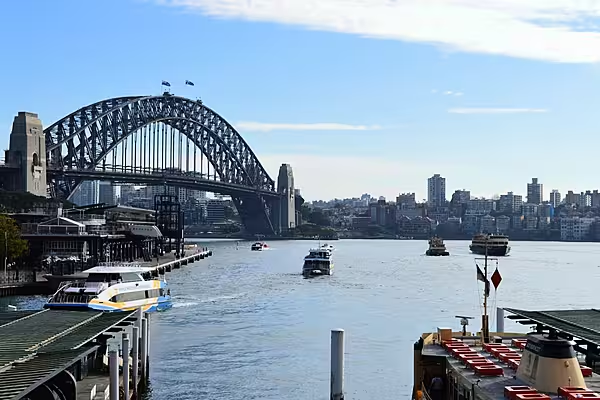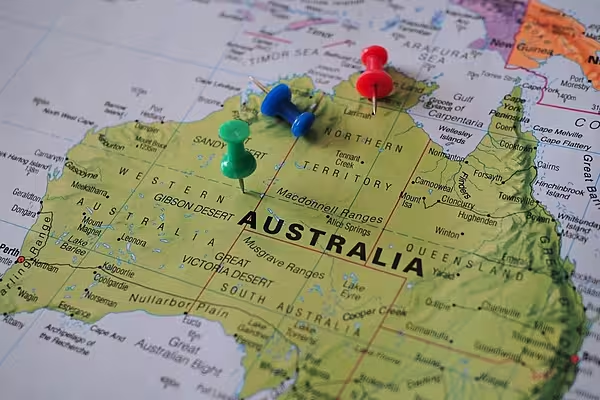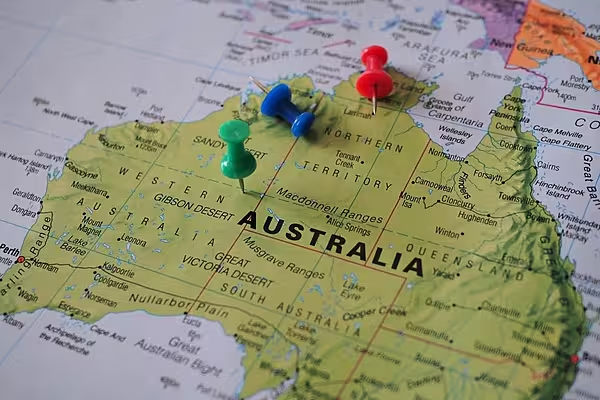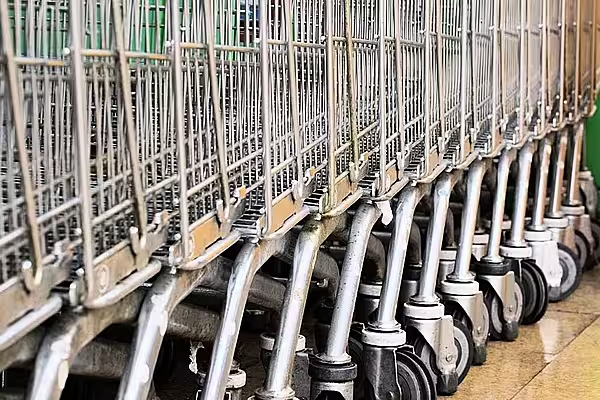Australia’s economy expanded faster than forecast in the fourth quarter of 2016, as household savings fell to the lowest level in more than eight years and consumers opened their wallets.
Gross domestic product rose 1.1% from the previous quarter (economists estimated a 0.8% gain). The economy grew 2.4% from a year earlier, compared with a forecasted 2% increase.
Household spending accounts for more than half of Australia’s economy, and resurgent consumption, teamed with government investment, supported last quarter’s expansion.
Coal and iron-ore prices continued their rebound in the period, providing a windfall to national income and keeping the economy on track to meet the Reserve Bank of Australia’s target of 3% annual growth later this year.
The upswing ensured that Australia avoided recession, after the economy contracted by 0.5% in the third quarter, due to bad weather disrupting residential construction and mining exports (both were back in the black in the fourth quarter). The RBA has kept the cash rate at 1.5% since August, as it tries to support Australia’s transition away from mining toward industries like tourism and education, which are sensitive to the currency’s fluctuations.
“The income dynamics underlying the economy have improved significantly,” said Michael Blythe, chief economist at the Commonwealth Bank of Australia. “Australian economists can get back to boasting about our 25-plus years of economic growth and how we will soon overtake the Netherlands as the economy with the longest-running economic expansion.”
News by Bloomberg, edited by ESM. Click subscribe to sign up to ESM: The European Supermarket Magazine.











